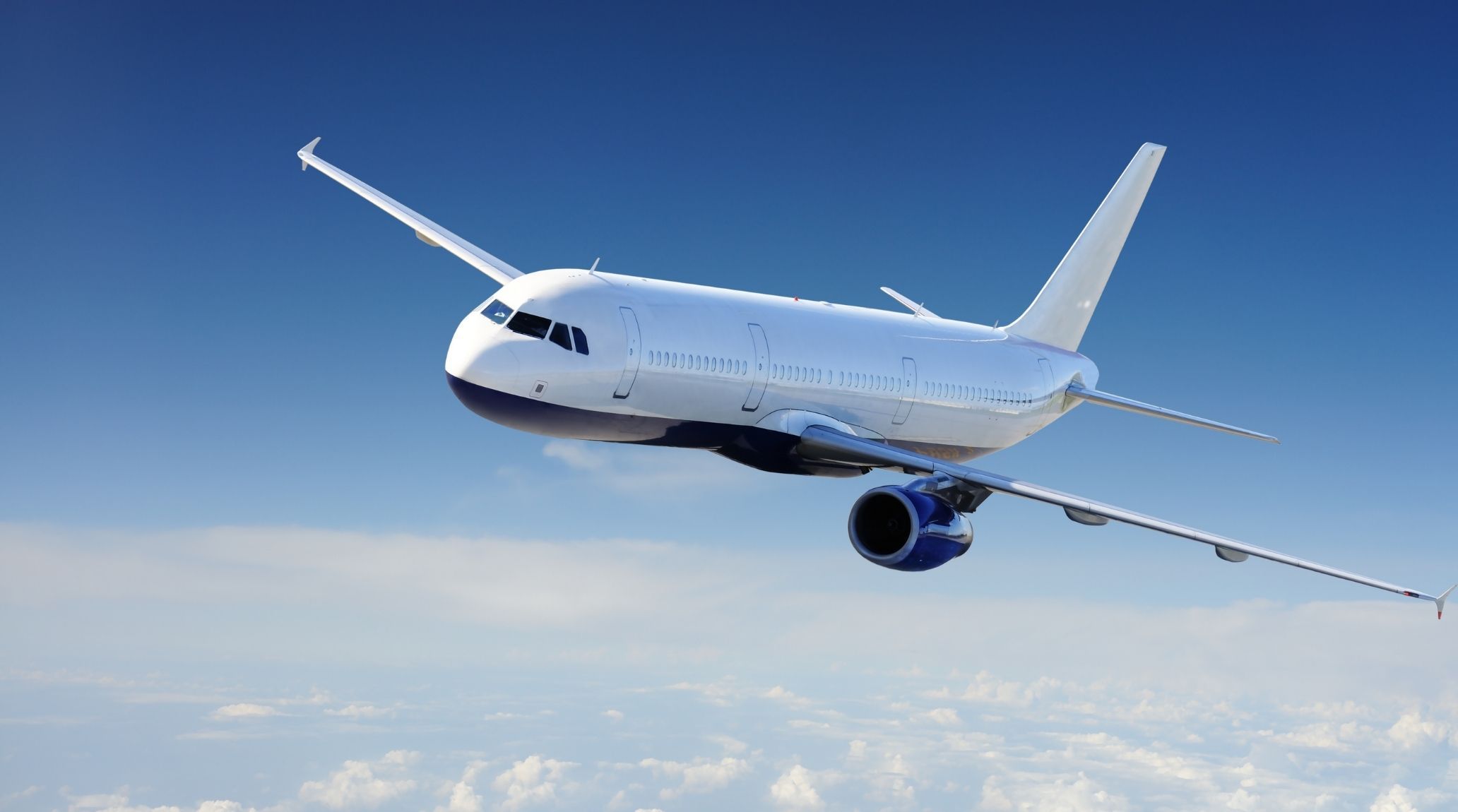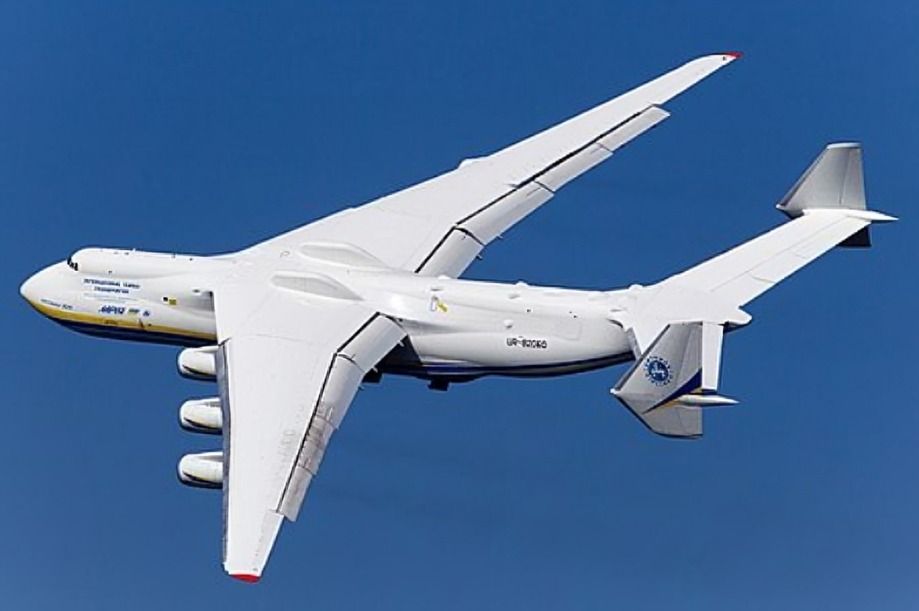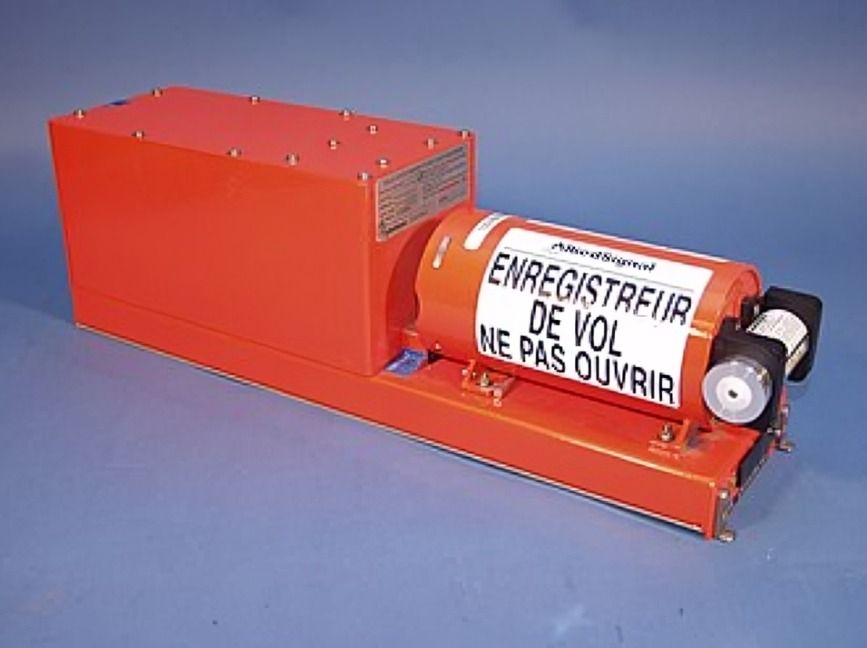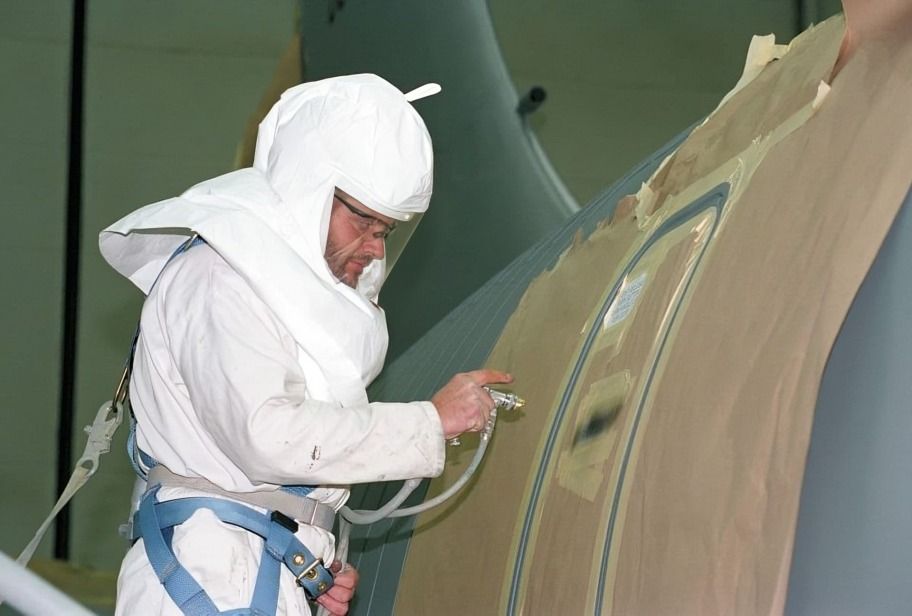
“
In the ever-evolving world of aviation, innovative airplane facts reveal the astonishing progress and groundbreaking achievements that define the sky. From historic first flights to cutting-edge technology that transforms air travel, the journey of aviation is filled with remarkable milestones and records showcasing human ingenuity. In this blog, we'll explore some of the most intriguing and lesser-known aspects of aircraft design and performance, highlighting how these advancements continue to shape our flying experience. Get ready to uncover the incredible feats and fascinating details of Innovative Airplane Facts that make modern aviation truly extraordinary.1
1
”
The world’s first commercial flight occurred on January 1, 1914, when a Benoist XIV biplane flew from St. Petersburg to Tampa, Florida. This pioneering flight, carrying one passenger and mail, marked the beginning of the modern aviation industry. 1
As of 2024, Singapore Airlines’ flight from Singapore to New York holds the record for the longest non-stop flight, covering approximately 9,537 miles. This marathon journey takes about 18 hours, showcasing the incredible advancements in aviation technology and endurance. 2
If one engine fails, some planes can continue flying for up to five hours. Modern aircraft are designed with advanced safety features, allowing them to operate safely and efficiently on a single engine until reaching a suitable landing location. 3
During Operation Solomon in 1991, an El Al Boeing 747 set the record for the most passengers on a commercial flight, carrying approximately 1,088 people in a historic evacuation mission, showcasing the aircraft's incredible capacity and humanitarian impact.4
Modern jet engines are designed with noise reduction technology. For instance, the Boeing 787 Dreamliner’s engines are 60% quieter than their predecessors, thanks to advanced design and materials.5
Robert Timm and John Cooke set a record by keeping their Cessna 172 in the air for 64 days, covering a distance equivalent to six times around the globe from December 1958 to February 1959.6
Plane doors cannot open mid-flight due to cabin pressure, which keeps them securely closed. However, airplane bathrooms can be accessed from the outside by crew members, allowing them to unlock or check the facilities as needed.7

The Antonov An-225 "Mriya" is the world's heaviest cargo plane, with a maximum take-off weight of 640 tons. This engineering marvel holds the record for carrying the heaviest payload, highlighting its unmatched capacity in aviation history.
The Wright brothers' first powered flight on December 17, 1903, lasted just 12 seconds and covered 120 feet. This brief but historic flight marked the dawn of modern aviation, forever changing the course of transportation and technology.8
Hartsfield-Jackson Atlanta International Airport in Georgia, USA, is the world’s busiest airport by passenger numbers, managing over 107 million travelers each year. Its immense scale and efficiency make it a central hub for global air travel. 9

Airplane black boxes, which are actually orange, are designed to withstand extreme conditions. They can survive impacts up to 3,400 Gs and temperatures up to 2,000°F, ensuring crucial flight data remains intact after crashes.
The windows in an airplane cockpit are designed to withstand extreme pressure and temperature changes. They are made from multiple layers of high-strength materials, providing both clarity and safety. 10
Qantas, with nearly a century of operation, boasts a flawless safety record, having never reported a fatal accident involving its commercial aircraft. This remarkable achievement underscores the airline's exceptional commitment to safety throughout its long history.11
In the event of a sudden drop in cabin pressure, oxygen masks deploy automatically. They provide a continuous flow of oxygen for up to 15 minutes, giving passengers time to descend to a lower altitude. 12
The most expensive commercial airplane ever built is the Airbus A380, with a price tag of approximately $445 million. Its double-deck design can carry over 800 passengers in an all-economy configuration. 13
During safety tests, dead chickens are shot into jet engines using a "chicken gun" to simulate bird strikes. These tests ensure windshields can protect pilots and passengers during bird collisions, a common occurrence in aviation, without involving live animals. 14
Time's analysis of crash data reveals that seats in the back third of an airplane have a 32% fatality rate, offering better safety compared to those in the middle section, which has the highest fatality rate at 39%.15

The paint on airplanes is specially formulated to endure extreme conditions. It reduces drag, saves fuel, and includes protective layers against corrosion and UV damage. This advanced coating technology ensures aircraft longevity and performance, even in harsh environments.
While flying, you are approximately 7% of the way to the edge of space. This distance is significant compared to Earth's atmosphere, highlighting how high-altitude flights bring passengers closer to the boundary of space than most people realize.16
Advances in autonomous flight technology are paving the way for future self-piloted aircraft. These systems utilize AI, machine learning, and advanced sensors to perform complex flight operations with minimal human intervention.17


